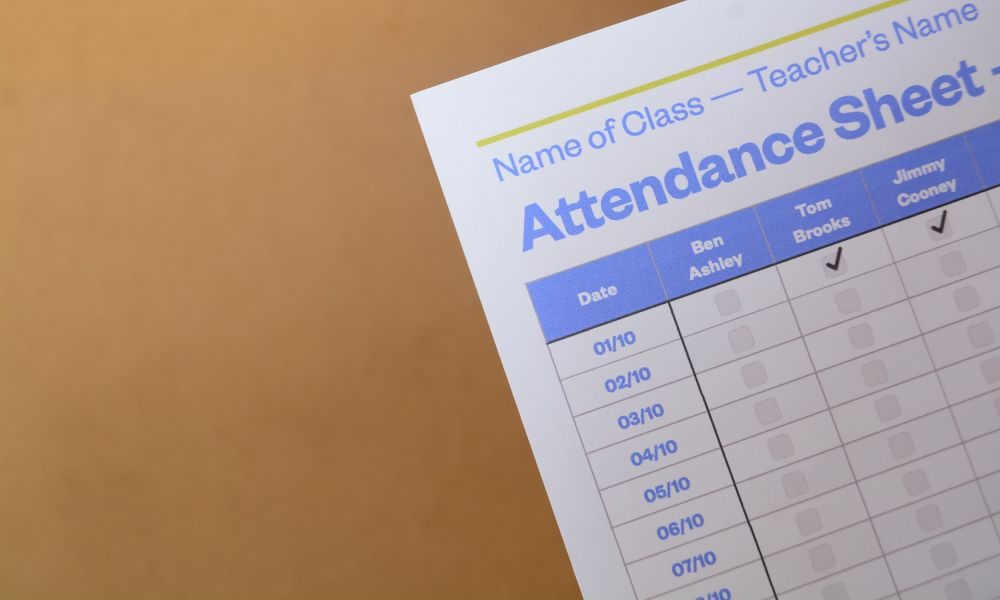Transitioning to formal schooling, and from primary to secondary school is a big change for students (Owen, 2019 & Earp, 2023). As schools begin to turn their minds towards student transition activities for the 2026 school year, new international research shines a light on the impact of student absenteeism during these transition years.
Jascha Dräger, Markus Klein and Edward M. Sosu recently shared findings from their study in the American Educational Research Journal (Dräger et al., 2025). The researchers aimed to determine the impact of both authorised and unauthorised absences at different stages of schooling on academic outcomes at the end of compulsory secondary education.
‘Our study shows that absences during the transition from primary to secondary school are particularly detrimental to achievement at the end of secondary,’ lead author Jascha Dräger, postdoctoral researcher at the German Institute for Economic Research (DIW Berlin), tells Teacher. ‘This highlights the transition period as a critical window for intervention and suggests that transition support programs can play a key role in mitigating the long-term impact of school absences.’
How was the study conducted?
The researchers examined attendance records from a database of over 8,000 students in England, covering the period 2006-2017. Specifically, they investigated the relationship between absences from year 1 (the first year of primary school in England) to year 11 (the last year of compulsory schooling), and academic performance in year 11.
‘Most existing research has focused on the short-term impact of absences, often within the same academic year … This long-term perspective is essential for informing policy and practice – understanding when absences are most harmful can help target interventions more effectively and ensure that support is directed where it will have the greatest impact,’ Dräger tells Teacher.
The researchers assessed the relationship between school absences in each year and GSCE (General Certificate of Secondary Education) performance at the end of year 11. They also replicated their analysis with comparable data from Wales; this showed consistent findings and affirmed their results.
What were the key findings?
The study found that absences in all school years are negatively associated with students’ GCSE achievement. Specifically, the average effect across all years is a 5-percentage point reduction in the likelihood of achieving 5 or more GCSE passes (that is, passing 5 or more of their GCSE subject exams including English and Mathematics).
Findings also point to how absenteeism in primary school may impact performance in secondary school.
‘Although absences in any year are detrimental to achievement, they have a greater impact on academic performance in year 1 (the first year of primary school), and this effect decreased steadily from years 2 to 5. Absences have a stronger effect on performance from year 6 (the final year of primary school) to year 10 (the penultimate year of compulsory secondary schooling), with a slight weakening in year 11,’ the authors conclude in their journal paper.
Teachers working together to support student attendance
One recommendation is a focus on effective transition support programs and collaboration in this area between primary and secondary schools.
‘Effective transition support might include mentorship schemes, structured orientation activities to help students adjust socially and academically, and greater parental engagement during this period,’ Dräger tells Teacher.
‘In addition, improved collaboration between primary and secondary schools is essential – particularly through the sharing of attendance data – to identify students at risk early on and provide targeted support. However, it’s important to emphasise that the effectiveness of such programs needs to be rigorously evaluated.’
Attendance in the early years is crucial too
The researchers note attention is also important at the beginning of primary schooling.
‘In particular, absences in year 1 were found to be among the most detrimental – not only in terms of immediate academic impact but also because early absences increase the risk of absenteeism in later years. This underscores the need for early intervention strategies that identify and support at-risk students as early as possible,’ Dräger says.
Context and catch-up opportunities
He adds that schools and policymakers can prioritise addressing the root causes of absenteeism in their own context.
‘Finally, it’s crucial that schools offer structured opportunities for students to catch up on missed learning. This could include after-school programs, additional tutoring, or homework-based interventions to ensure that time away from the classroom does not compound educational disadvantages.’
Dräger tells Teacher there is considerable scope for further research in this area, as their study uses pre-pandemic data and is focused only on England and Wales. ‘Future studies are needed to assess whether our findings hold in different national contexts – particularly in countries with distinct educational systems, attendance policies, and school cultures.’
He adds this study only identified if an absence was authorised or unauthorised, rather than the specific reason, and this could be an avenue for further investigation.
References
Dräger, J., Klein, M., & Sosu, E. M. (2025). Does the impact of pupil absences on achievement depend on their timing? American Educational Research Journal, 0(0). https://doi.org/10.3102/00028312251347666
Earp, J. (2023, June 15). School Improvement Episode 45: Student agency in school transition – research and resources. Teacher magazine. https://www.teachermagazine.com/au_en/articles/school-improvement-episode-45-student-agency-in-school-transition-research-and-resources
Owen, K. (2019, July 9). Supporting Indigenous children's transition to school. Teacher magazine. https://www.teachermagazine.com/au_en/articles/supporting-indigenous-childrens-transition-to-school
In this article, Jascha Dräger says collaboration between primary and secondary schools, particularly through the sharing of attendance data, may help to identify students at risk early on and provide targeted support for attendance during the transition to secondary school.
Reflect on the work you do on attendance in your school setting. Does it involve collaborating with feeder schools to support students during their transition? If not, how could implementing a partnership of this kind help support at-risk students? How could you get started on collaborating in this way?



